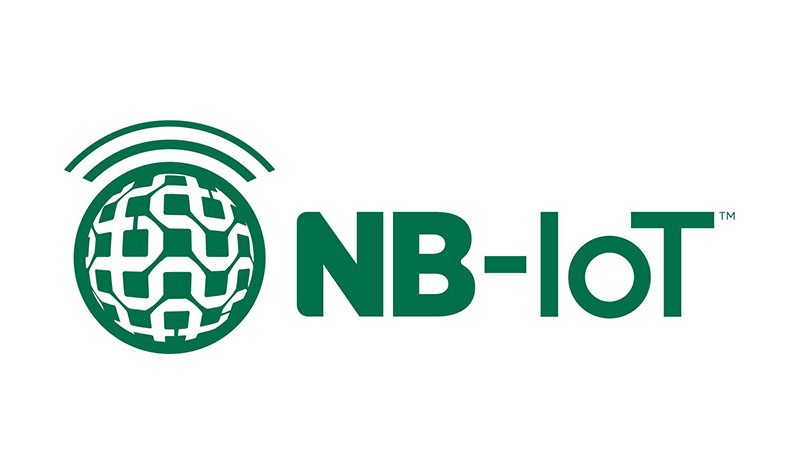NB-IoT technology is a low-power wide area network (LPWA) solution defined by the 3GPP standard. It is characterized by extremely low power consumption, broad coverage and a huge number of connections. Its device coverage can be increased by 20dB, and The battery life can exceed more than 10 years.


Based on the above advantages of NB-IoT and the Ministry of Industry and Information Technology’s “Technical Requirements for Micropower Short-distance Radio Transmission Equipment (Draft for Comment)”, NB-IoT has become the main recommendation of the three major operators and equipment suppliers represented by Huawei in China. Technology.
2018 received mediocre response
In 2017, many NB-IoT industry applications began to be deployed and incubated. In 2018, operators held large-scale bidding activities one after another. China Mobile’s 5 million NB-IoT module bidding plan also attracted the participation of most companies in the industry, and the price of NB-IoT modules fell below 20 yuan.
2018 was supposed to be a process of increasing scale and quantity. However, the market has given a cold feedback. Huawei once expected the total number of NB-IoT connections to reach 50 million in 2018, but at present, 30 million is barely enough.
Analyzing the reasons, the limitations of application scenarios are a big problem. The five million-level application scenarios with the most NB-IoT applications: water services, gas, battery vehicles, smoke detectors, and home appliances. There are also some more scattered subdivisions that are more difficult to achieve scale.
Although the Ministry of Industry and Information Technology released the “Technical Requirements for Micropower Short-Distance Radio Transmission Equipment (Draft for Comments)”, it may be a heavy blow to LoRa . However, LoRa has not disappeared. Not only Internet manufacturers such as Alibaba, Tencent, and Google have bet on LoRa, but many companies such as China Unicom and Radio and Television Group have joined the LoRa camp one after another, and the industrial ecosystem continues to grow. The battle for supremacy between NB-IoT and the two major camps has never stopped.
2019 Development Trends
1.Application
According to IDC data, by 2025, the number of global IoT devices will exceed 50 billion, of which industrial IoT devices will dominate. According to calculations by the China Industrial Internet Industry Alliance, it is expected that the industry scale will grow at an average annual growth rate of 18% from 2017 to 2019, and will reach a scale of one trillion yuan by 2020.
Moreover, the industrial Internet and Internet of Vehicles are strategic high-value industries that drive the development of the new economy, and development dividends can be expected. By deconstructing the industrial chain, the terminal layer and platform PaaS will be the first to explode in the future. NB-IoT technology has determined its connection status in this outbreak.
At this stage, NB-IoT vertical application industries mainly focus on the transportation industry, logistics industry, health care, commodity retail industry, smart meter reading, public facilities, smart home, smart agriculture, industrial manufacturing, enterprise energy consumption management, and enterprise security protection. Demand has become a growing market for NB-IoT.
2. Infrastructure construction
As of September 2018, the number of NB-IoT base stations opened by China Telecom has expanded to 400,000. China Mobile has currently achieved continuous coverage and full commercial use of NB-IoT in about 348 cities. In May 2018, China Unicom achieved commercial use of 300,000 NB-IoT base stations. Three operators have completed the commercial use of more than one million NB-IoT base stations. my country has built the world’s largest NB-IoT network. Network optimization and in-depth coverage will be the focus of the next step.
It is estimated that by 2020, more than 1.5 million NB-IoT base stations will be built in China, ranking first in the world in terms of scale. The network can basically achieve nationwide coverage and deep coverage of indoor, transportation road networks, underground pipe networks, etc.; by 2025 By 2020, the scale of NB-IoT base stations is expected to reach 3 million. The large-scale construction of NB-IoT base stations will lay a solid foundation for the development of my country’s IoT application industry.
3. Policy aspects
NB-IoT has policy support and will clear many obstacles in market promotion. Overall, the Internet of Things has taken over the mobile Internet globally and become a new blue ocean of growth. Driven by policies, standards, and policies, my country’s Internet of Things technology path will be dominated by NB-IoT. The Internet of Things will be in a connection explosion period from 2018 to 2020, in which the cellular Internet of Things has greater growth elasticity. The cellular Internet of Things is monopolized by three major operators, but they have the same choice of connection methods, mainly promoting NB-IoT and 4G connections.
4. Price
As for lower prices, there are also many arguments that module manufacturers are doing a “loss-making business.” In fact, the bidding of NB-IoT modules is considered to be a platform for manufacturers to disclose their prices, and it is unlikely that operators will purchase them exactly according to the bidding quantity. This gives manufacturers room for negotiation, and they can set stepped prices based on the purchase quantity, thereby ensuring the manufacturer’s profit margins. In 2019, NB-IoT module prices will only gradually decrease.
5. Overcome difficulties
At present, the most urgent breakthrough for my country’s NB-IoT is technical issues. First of all, NB-IoT standards and industries are developing rapidly. Chips need to quickly follow the standards in a short period of time, and product evolution and iteration must quickly reach stability and maturity. This places high demands on the chip’s frequency performance indicators, protocol consistency, and compatibility and stability of each base station. Secondly, to truly achieve low power consumption with a battery life of 10 years, it is necessary to carry out comprehensive optimization design from chip architecture to implementation and practical application.
Zongheng Intelligent Control will always be committed to the research and development of NB-IoT series products, and work together with industry partners to promote the maturity of NB-IoT technology!